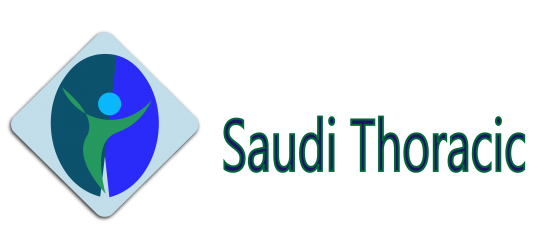One of the most popular terms for vibration machines is “triplanar vibration”. Unfortunately, it is also the least understood version of vibration. While many people do understand that a triplanar whole body vibration machine will move the body in three directions, there are a few primary issues with their deeper understanding of the process. The issues are: (a) some people don’t understand the three actual directions of movement, (b) some people don’t realize the fact that these movements are complex and hence require perfect frequency control to be beneficial and (c) many don’t understand that the benefits for triplanar vibration do not cater to everyone – in fact, it may be counter-productive for a number of people to go for these machines.
Typically, there are up to three kinds of vibrations built into machines.
The pivotal vibration – the machines moves only in the up-down (vertical) direction.
The linear vibration – the machines move in two linear directions.
The triplanar vibration – the machines move along three planes – the two horizontal planes (front-back and left-right) as well as the vertical plane (up-down). This write-up covers the details of triplanar vibration.
Price
To start with, triplanar vibration machines are expensive, as long as we talk about a machine with true triplanar vibration, with each plane receiving a reasonable amount of vibration, and as long as we care about machines with adequate vibration frequencies. No reasonable triplanar vibration machine will be priced at anything under $3,000 at the time of writing this. Some of the very best triplanar machines will be placed at higher than $10,000, making them extremely expensive. However, unless your requirements are exceptional, you ought to be fine with the usual $3,000-$5,000 machines.

The reason that these machines are expensive is simple – they need to produce vibration along three planes. That requires machinery which is much more vibrador Goiânia compared to the single-dimensional pivotal or two-dimensional linear or hybrid vibration machines. So the manufacturing cost will be high for these machines, pushing the retail price in an upward direction.
Professional grade
The important aspect to understand before choosing a triplanar whole body vibration plate machine is that these machines are professional grade. They produce extremely “heavy” vibrations. These heavy vibrations are suitable for people with body building objectives. These are also excellent vibrations for sportspersons taking heavy exercises for their bodily requirements.
So, if you are a sportsperson or a body builder trying to develop and maintain your body to a professional grade requirement then you are in for a wonderful experience if you choose to go for triplanar vibration. Your muscles will receive the desirable volumes of all-round vibration with these machines. You will probably be able to meet your health objectives quickly.
However, if you are a “regular” (non-sports etc.) person trying to maintain your health and are taking vibration exercises for those purposes then a triplanar machine may not be the best option for you. You would probably be way better off with a machine that is either pivotal (mostly) or linear (in some cases). So if you are from this category and still thinking of getting a triplanar vibration machine then you may want to reconsider your decision, or at least spend a deep second thought towards it.
Vibration directions and frequencies
Whole body vibration machines driven by triplanar motor will, quite expectedly, help your body vibrate in three directions. In almost all the cases, you will receive adequate movement along the two horizontal axis (x-axis and y-axis). However, the vertical axis (z-axis, moving along the up-down direction) movement is not the same or equally good in all the machines.
Depending upon the z-axis (vertical) movement, these machines can be practically classified into three different types. In one category, the vertical vibration is low – often at the range of 2-4 mm. These machines are good for muscle-building but not for detoxification or joint pain management. In the next category, the vertical vibration will be in the medium range – around 5-8 mm, often with some reduction in the horizontal axis. In this range of vibration, there is a good balance between body building and health maintenance (such as joint pain management and detoxification) – although people with significant back pain or joint issues should still avoid these machine. In the third category, the horizontal vibration is significantly reduced but vertical vibration is majorly increased – often to higher than 9-10 mm. In this zone, the detoxification is at the highest levels because of the vertical movements. Unless you have the very best machines, the horizontal movement will be reduced with these machines.
The other point of significant importance is the frequency control. Because of the nature of the associated vertical movement, the frequency needs to be high enough for the impact to be felt, but not too high so that there is no damage done to any part of the body (bone or muscles). In general, a lower vibration frequency limit below 25-28 Hz is not acceptable, as that will normally not produce much vertical vibration at all. On the higher side, the vibration needs to be less than 48-50 Hz. In fact, most people would prefer it to remain under 45 Hz. Anything higher will be too heavy for almost all practical purposes for even the heaviest of exercise-takers.
The vibration direction also plays a critical role on detoxification. The higher the vertical movement happens, the better quality of movement your lymph and glands receive. This leads to an improved quality of body detoxification and gland/lymph health maintenance. With the highest-quality triplanar vibration machines, one will receive sufficient vibration of the whole body along each of the three directions – front-and-back, left-and-right and up-and-down, leading to adequate and well-rounded physical exercises.
